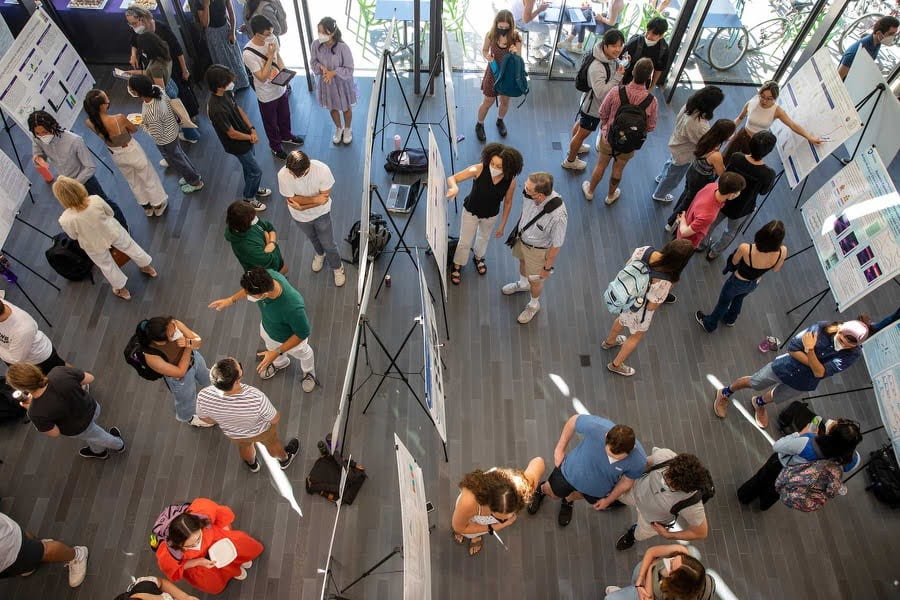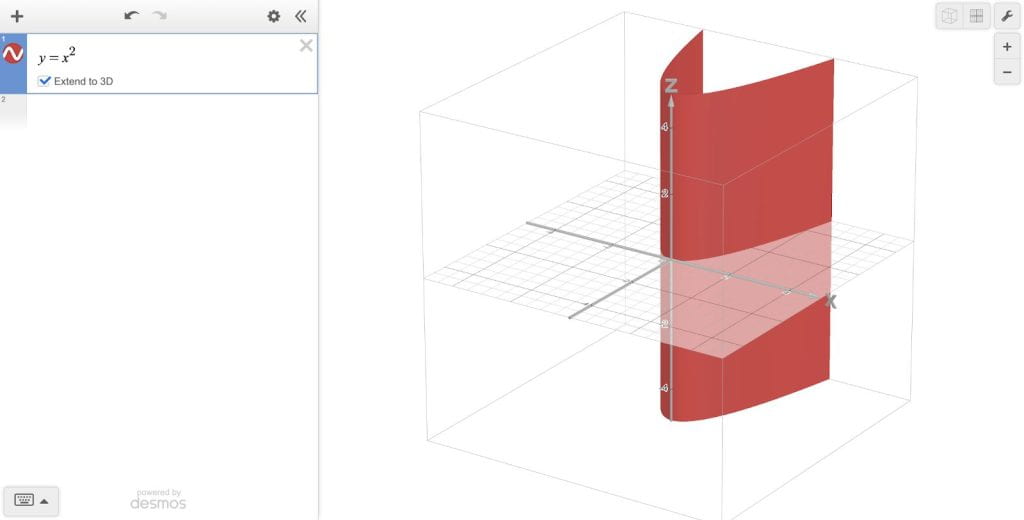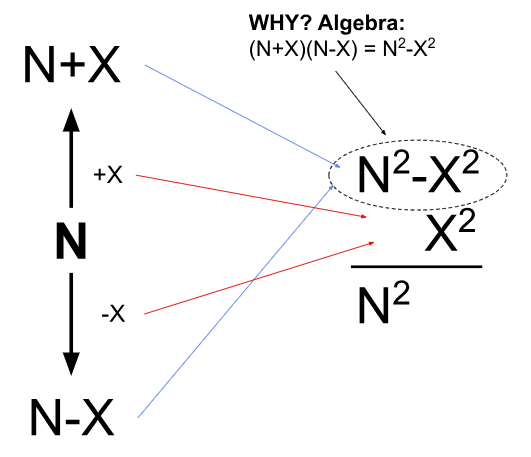By Julia Aram and Ava Wang On Saturday, November 9th, Amherst alumni Ina Petkova ‘06, Michelle Ngo ‘15, and Tara Yoo ‘15 spoke at the Math and Statistics Alumni Panel Discussion facilitated by Nika Jafar Nia. Following delicious food catered by El Comalito, these graduates offered accounts of their career paths while providing valuable words…
Math/Stats Alumni Panel: New Perspectives and Exciting Discussions










